Dalstep Tablet
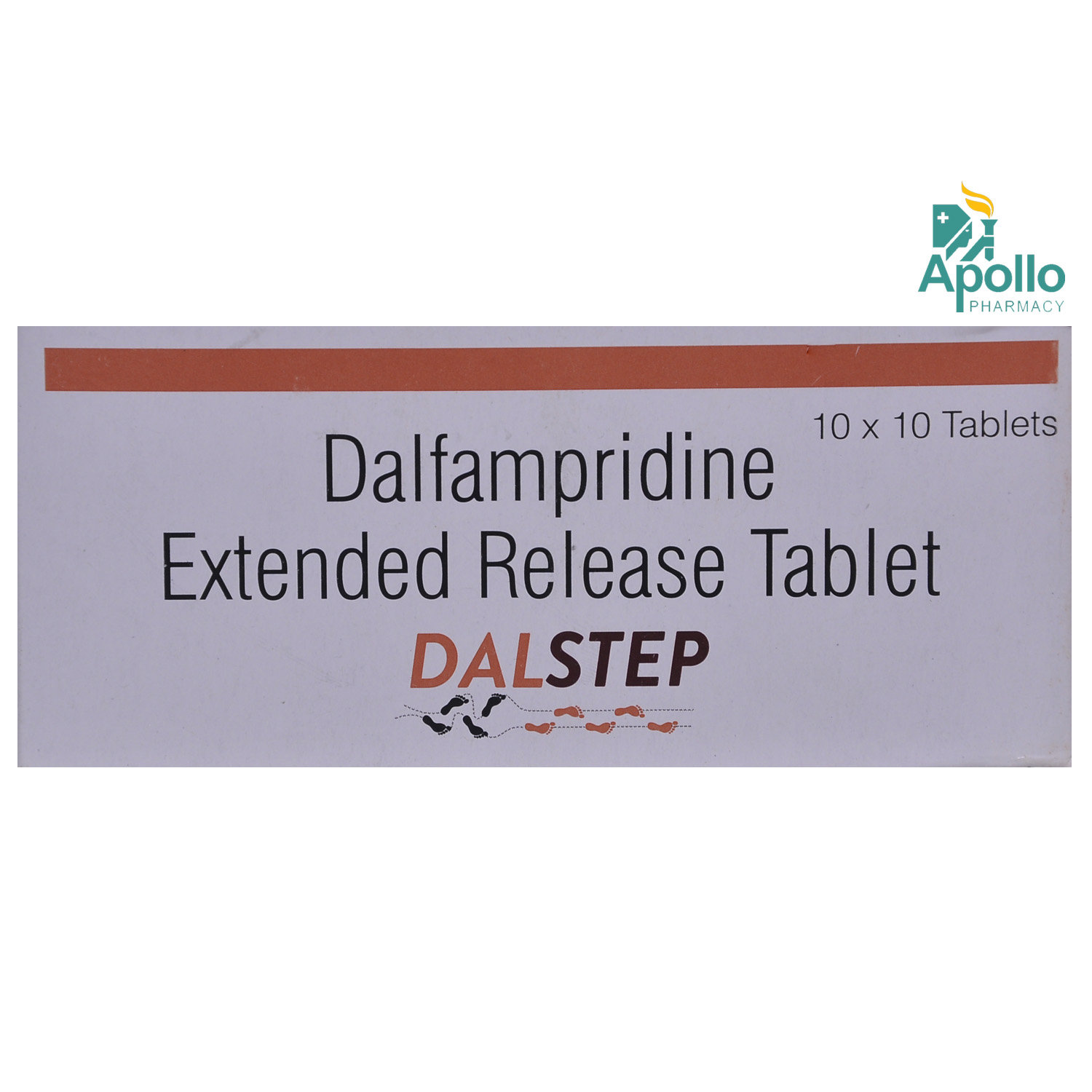
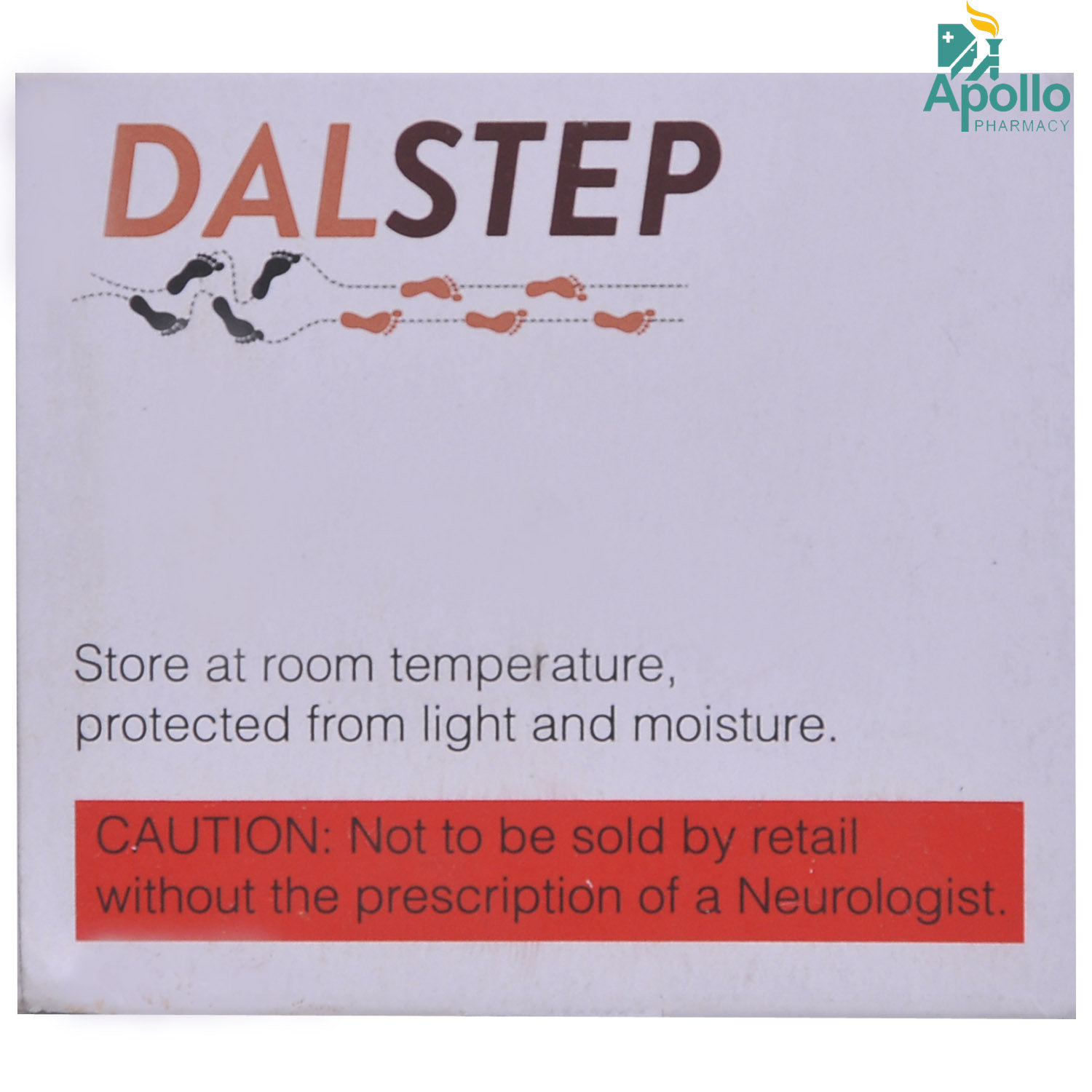
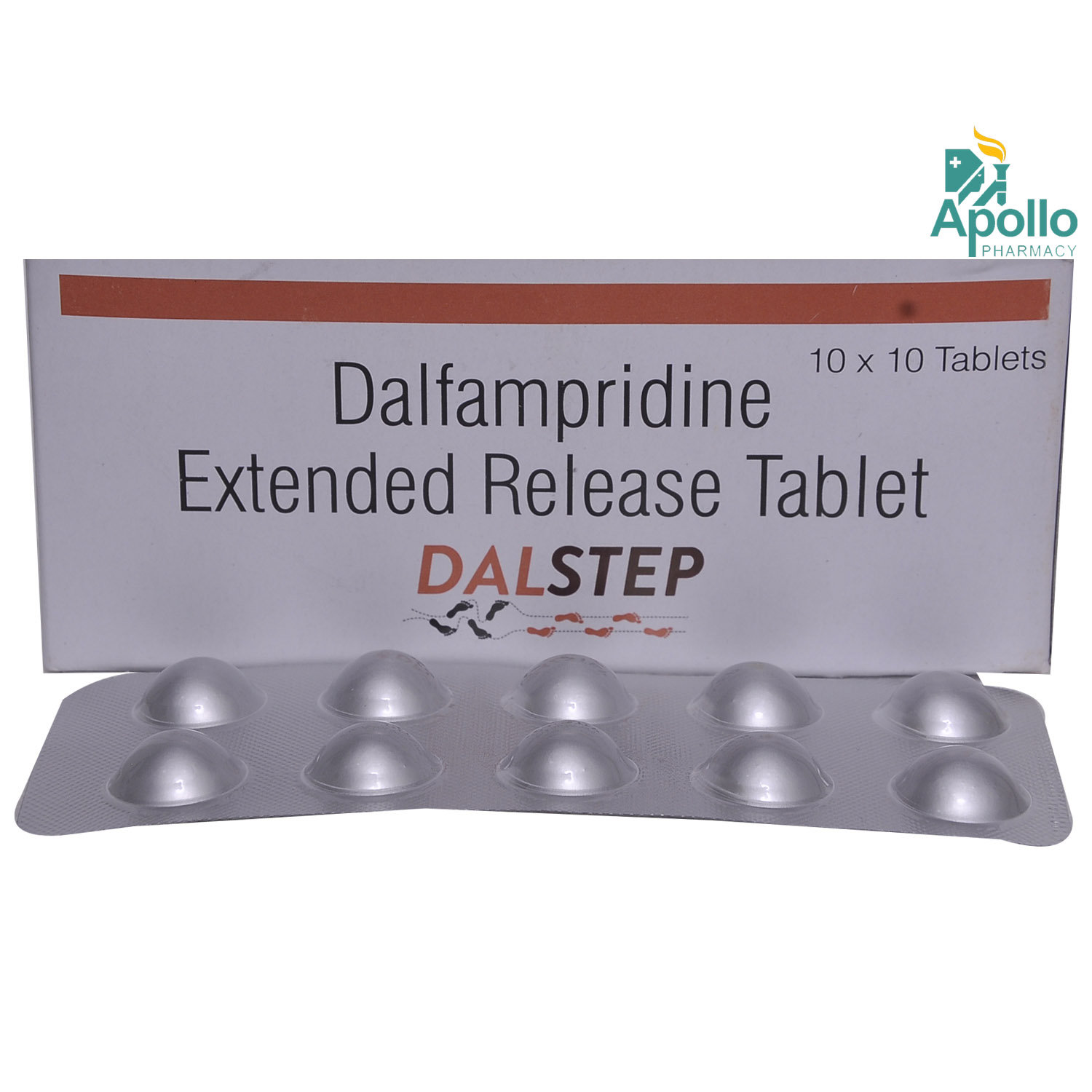
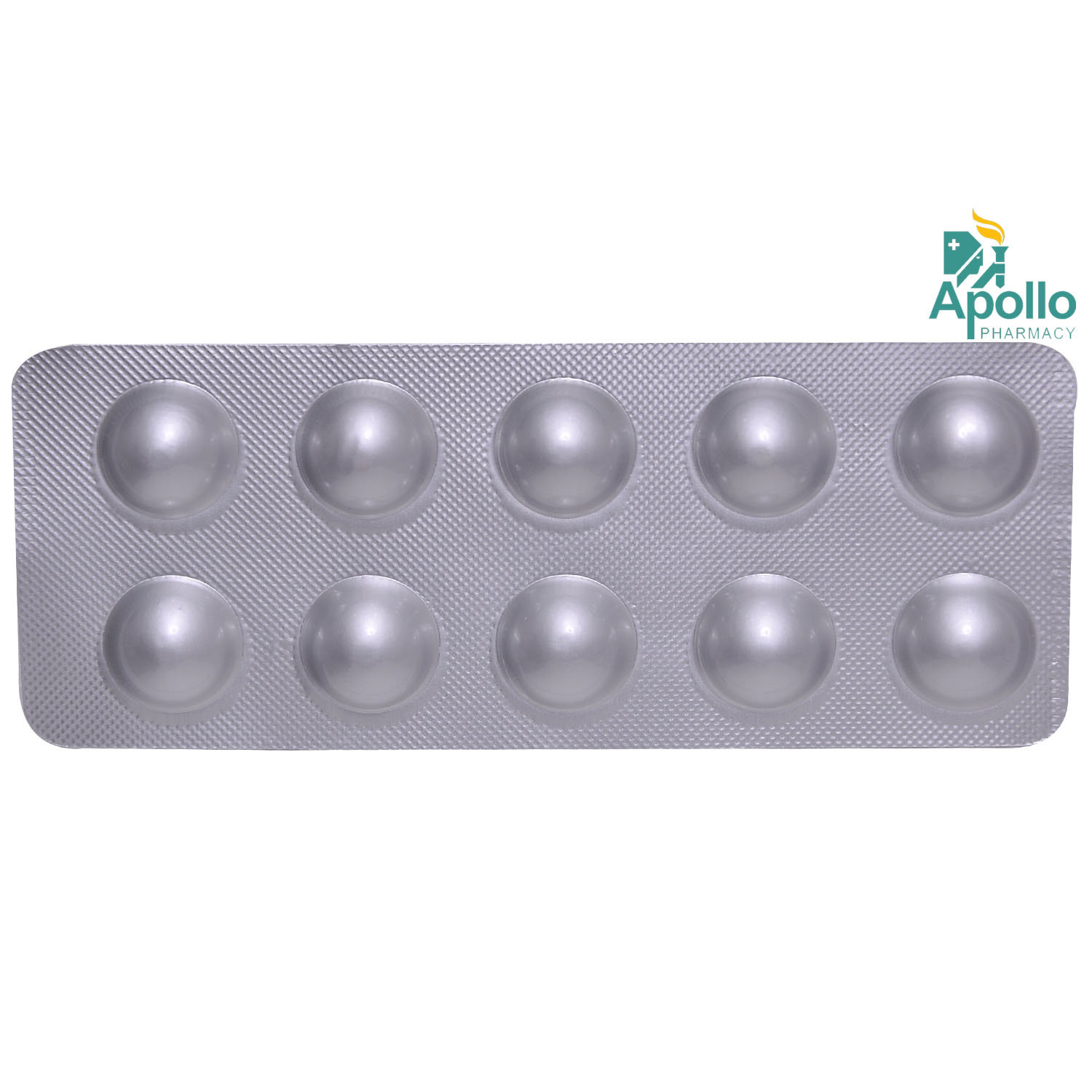
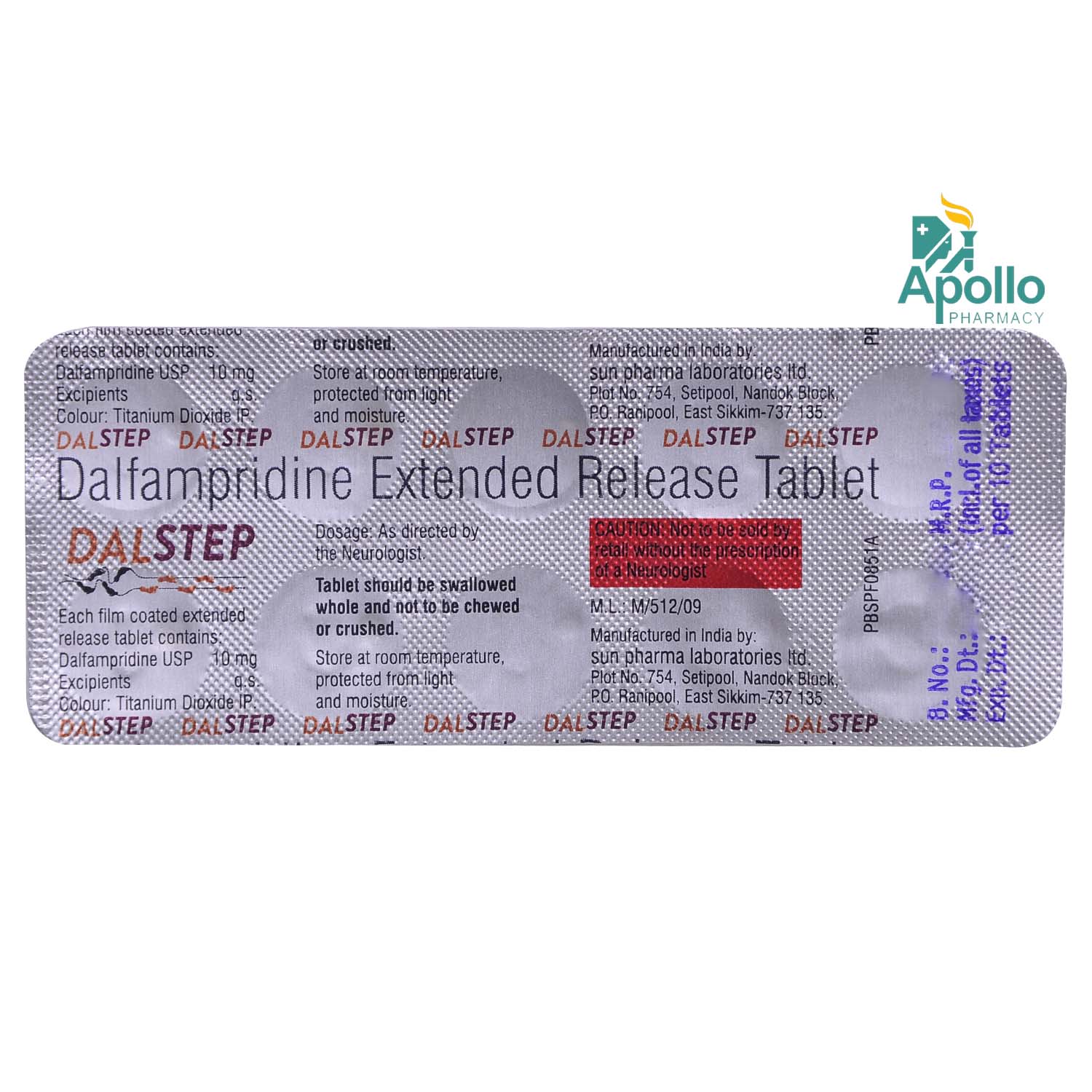
MRP ₹489
(Inclusive of all Taxes)
₹73.3 Cashback (15%)
know your delivery time
Provide Delivery Location
Composition :
Manufacturer/Marketer :
Consume Type :
Expires on or after :
Return Policy :

Secure Payment

Trusted by 8 Crore Indians

Genuine Products
Therapeutic Class
Country of origin
Manufacturer/Marketer address
Author Details
We provide you with authentic, trustworthy and relevant information
Disclaimer
Alcohol
Safe if prescribed
It is unknown whether it is safe to consume alcohol with Dalstep Tablet . However, it is advisable not to take or limit alcohol as a precautionary measure.
Pregnancy
Consult your doctor
US FDA pregnancy category C. Dalstep Tablet should be used only if clearly needed and the benefit outweighs the risk. Please consult your doctor.
Breast Feeding
Consult your doctor
You should not breastfeed whilst take this medicine.
Driving
Safe if prescribed
Dalstep Tablet causes drowsiness and dizziness, so drive only if you are alert.
Liver
Consult your doctor
Limited information was available about the use of Dalstep Tablet in patients suffering from liver impairment. Please consult your doctor if you have any concerns. Your doctor will prescribe only if the benefits outweigh the risks.
Kidney
Consult your doctor
Dalstep Tablet is not recommended to take if you have moderate or severe kidney problems.
Children
Safe if prescribed
Dalstep Tablet should not be given to patients younger than 18 years of age as safety and effectiveness have not been established.
About Dalstep Tablet
Dalstep Tablet belongs to a class of drugs known as potassium channel blockers primarily used to improve walking in people with multiple sclerosis. It can be used alone or combined with other drugs to manage multiple sclerosis symptoms. Multiple sclerosis is a condition in which the immune system attacks the protective covering of the nerves (myelin) and causes disrupted communication between the brain and body.
The active ingredient in Dalstep Tablet is dalfampridine, a potassium channel blocker that improves muscular function in persons with multiple sclerosis by increasing conduction or communication between neurons and muscles. It works by re-enforcing nerve impulses transmitted by the brain through nerves affected by this disorder (Multiple sclerosis).
Dalstep Tablet should be swallowed whole with a glass of water. Do not crush, chew or break it. Dalstep Tablet may cause certain common side effects, including urinary tract infection, insomnia, dizziness, headache, nausea, weakness and constipation. Most of these side effects do not require medical attention and will resolve gradually over time. However, you are advised to talk to your doctor if these side effects persist or worsen.
If you are allergic or sensitive to any of its components, you should notify your doctor. Inform your doctor before taking Dalstep Tablet if you have a history of seizure and moderate or severe renal impairment. Dalstep Tablet should be used in pregnancy only if clinically needed, and benefits outweigh the risks. Do not breastfeed while taking this medicine. Dalstep Tablet may cause dizziness, so drive only if you are alert. Dalstep Tablet should not be given to patients younger than 18 years of age as safety and effectiveness have not been established.
Uses of Dalstep Tablet
Medicinal Benefits Mweb
Key Benefits
Dalstep Tablet is primarily indicated to improve walking in patients with multiple sclerosis. Dalstep Tablet has scientifically demonstrated an increase in walking speed. The active ingredient in Dalstep Tablet is dalfampridine, a potassium channel blocker that improves muscular function in persons with multiple sclerosis by increasing conduction or communication between neurons and muscles. It works by re-enforcing nerve impulses transmitted by the brain through nerves affected by this disorder (Multiple sclerosis). It also effectively alleviates the other symptoms of multiple sclerosis as well.
Directions for Use
Side Effects of Dalstep Tablet
- Urinary tract infection
- Trouble sleeping (insomnia)
- Dizziness
- Headache
- Nausea
- Weakness
- Constipation
- Indigestion
Drug Warnings
To effectively treat your condition, continue using Dalstep Tablet for as long as your doctor has prescribed it. If you are allergic or sensitive to any of its components, you should notify your doctor. Dalstep Tablet is not recommended to use if you have a history of seizure and moderate or severe renal impairment. Dalstep Tablet is not recommended for nursing mothers. Dalstep Tablet should be used in pregnancy only if clinically needed, and benefits outweigh the risks. To avoid drug interactions and side effects, keep your doctor informed about your health condition and all medications you are taking, including vaccinations. Dalstep Tablet causes drowsiness and dizziness, so drive only if you are alert. Dalstep Tablet should not be given to patients younger than 18 years of age as safety and effectiveness have not been established.
Drug-Drug Interactions
Drug-Drug Interactions
Login/Sign Up
When Dalstep Tablet is used with Bupropion, increases the risk of seizures (fits).
How to manage the interaction:
Co-administration of Dalstep Tablet with bupropion can lead to an interaction, it can be taken if recommended by a doctor. While taking these medications, you should avoid tasks that need mental attention, such as driving or operating dangerous machinery. Do not discontinue any medications without consulting a doctor.
When Dalstep Tablet is used with Tramadol, increases the risk of seizures (fits).
How to manage the interaction:
Taking Dalstep Tablet with tramadol together can result in an interaction, it can be taken if a doctor has advised it. While taking these medications, you should avoid tasks that need mental attention, such as driving or operating dangerous machinery. Do not discontinue any medications without consulting a doctor.
Drug-Food Interactions
Drug-Food Interactions
Login/Sign Up
Drug-Diseases Interactions
Drug-Diseases Interactions
Login/Sign Up
Drug-Drug Interactions Checker List
- BUPROPION
- TRAMADOL
- IOHEXOL
- IOPAMIDOL
- METRIZAMIDE
Habit Forming
Special Advise
Do not stop taking Dalstep Tablet or adjust your dose without doctor notice.
Diet & Lifestyle Advise
- Follow a well-balanced diet.
- Exercising regularly helps in improving overall health.
- Meditation, music and yoga have also proven very effective in helping mental health.
- Rest well, get plenty of sleep.
- Avoid smoking and alcohol consumption.
- Avoid processed and fried food.
- Include leafy vegetables, poultry, seafood, beans, nuts, seeds, meat and fortified food in your diet.

Have a query?
Buy best C.n.s Drugs products by
Intas Pharmaceuticals Ltd
Sun Pharmaceutical Industries Ltd
Torrent Pharmaceuticals Ltd
Alkem Laboratories Ltd
Abbott India Ltd
Cipla Ltd
Alteus Biogenics Pvt Ltd
Micro Labs Ltd
Lupin Ltd
Ipca Laboratories Ltd
D D Pharmaceuticals Pvt Ltd
Icon Life Sciences
Mankind Pharma Pvt Ltd
Tripada Healthcare Pvt Ltd
Arinna Lifesciences Ltd
Linux Laboratories Pvt Ltd
East West Pharma India Pvt Ltd
La Renon Healthcare Pvt Ltd
Talent India Pvt Ltd
Tas Med India Pvt Ltd
Zydus Healthcare Ltd
Cnx Health Care Pvt Ltd
Eris Life Sciences Ltd
Leeford Healthcare Ltd
Emcure Pharmaceuticals Ltd
Macleods Pharmaceuticals Ltd
Sigmund Promedica
Aristo Pharmaceuticals Pvt Ltd
Dr Reddy's Laboratories Ltd
Troikaa Pharmaceuticals Ltd
Consern Pharma Ltd
Zydus Cadila
Shine Pharmaceuticals Ltd
Wockhardt Ltd
Ardent Life Sciences Pvt Ltd
Crescent Formulations Pvt Ltd
Theo Pharma Pvt Ltd
Reliance Formulation Pvt Ltd
Ikon Pharmaceuticals Pvt Ltd
Propel Healthcare
Neon Laboratories Ltd
Jagsam Pharma
Msn Laboratories Pvt Ltd
Morepen Laboratories Ltd
Pulse Pharmaceuticals
Sanofi India Ltd
Med Manor Organics Pvt Ltd
Hetero Healthcare Pvt Ltd
Novartis India Ltd
Crescent Therapeutics Ltd
Elder Pharmaceuticals Ltd
Solvate Laboratories Pvt Ltd
Akumentis Healthcare Ltd
Mova Pharmaceutical Pvt Ltd
Psyco Remedies Ltd
Tripada Lifecare Pvt Ltd
Ajanta Pharma Ltd
Cyrus Remedies Pvt Ltd
Medishri Healthcare Pvt Ltd
Cadila Healthcare Ltd
Glenmark Pharmaceuticals Ltd
Matteo Health Care Pvt Ltd
Hbc Life Sciences Pvt Ltd
Lyf Healthcare
Matias Healthcare Pvt Ltd
Mesmer Pharmaceuticals
Alembic Pharmaceuticals Ltd
Capital Pharma
Crescent Pharmaceuticals
Medopharm Pvt Ltd
Alniche Life Sciences Pvt Ltd
Kivi Labs Ltd
Talin Remedies Pvt Ltd
USV Pvt Ltd
Quince Lifesciences Pvt Ltd
Solis Pharmaceuticals
Infivis Life Care
Zuventus Healthcare Ltd
Cadila Pharmaceuticals Ltd
Pfizer Ltd
Wallace Pharmaceuticals Pvt Ltd
A N Pharmacia Laboratories Pvt Ltd
Blue Cross Laboratories Pvt Ltd
Jenburkt Pharmaceuticals Ltd
Lia Life Sciences Pvt Ltd
Mano Pharma
Medley Pharmaceuticals Ltd
Primus Remedies Pvt Ltd
FDC Ltd
Maneesh Pharmaceuticals Ltd
Apex Laboratories Pvt Ltd
Gagnant Healthcare Pvt Ltd
Ozone Pharmaceuticals Ltd
RPG Life Sciences Ltd
Strides Shasun Ltd
Unichem International
GlaxoSmithKline Pharmaceuticals Ltd
Kuresys Labs Pvt Ltd
LA Pharma
Trion Pharma India Llp


_0.jpg?tr=q-85)
